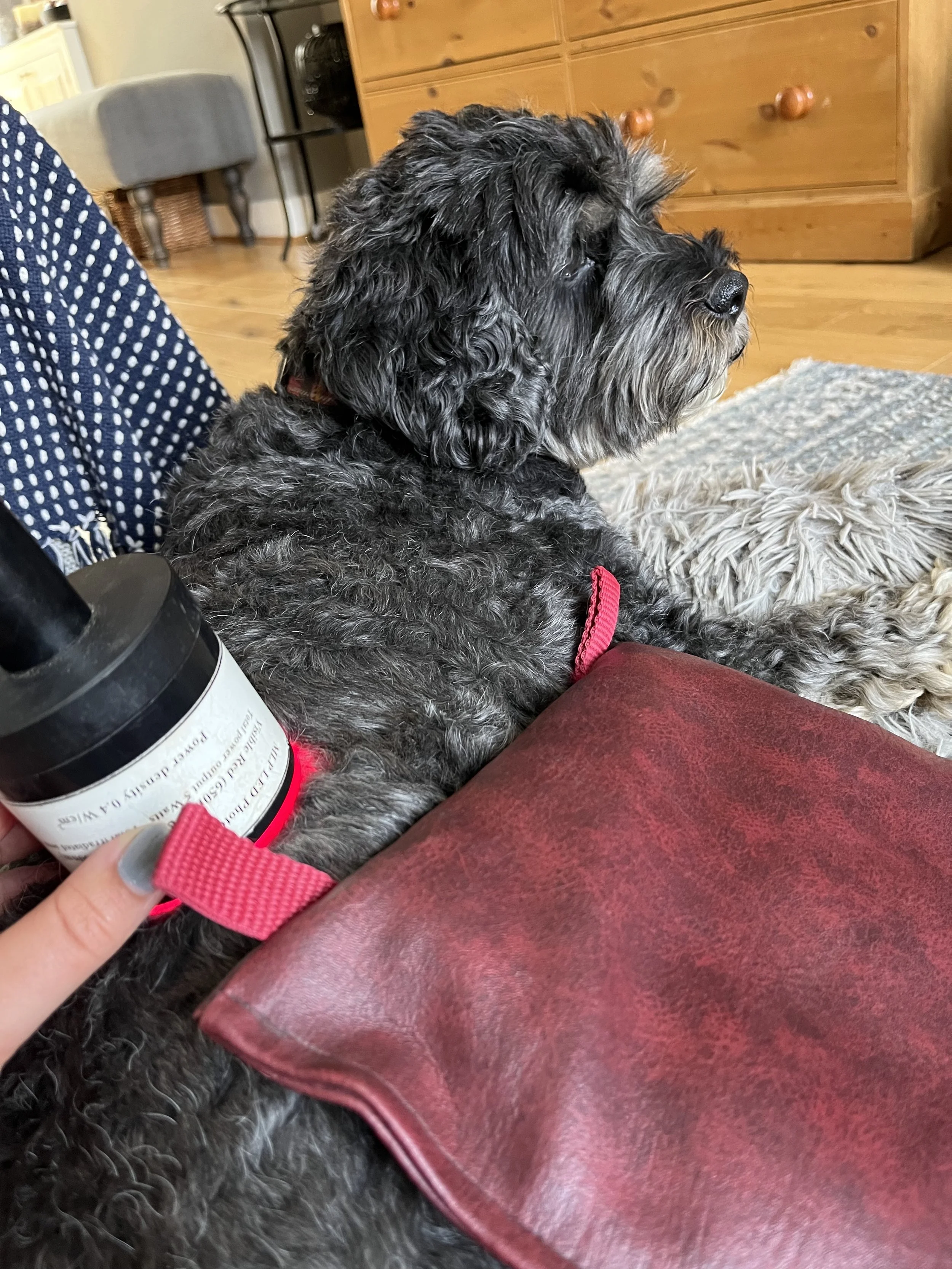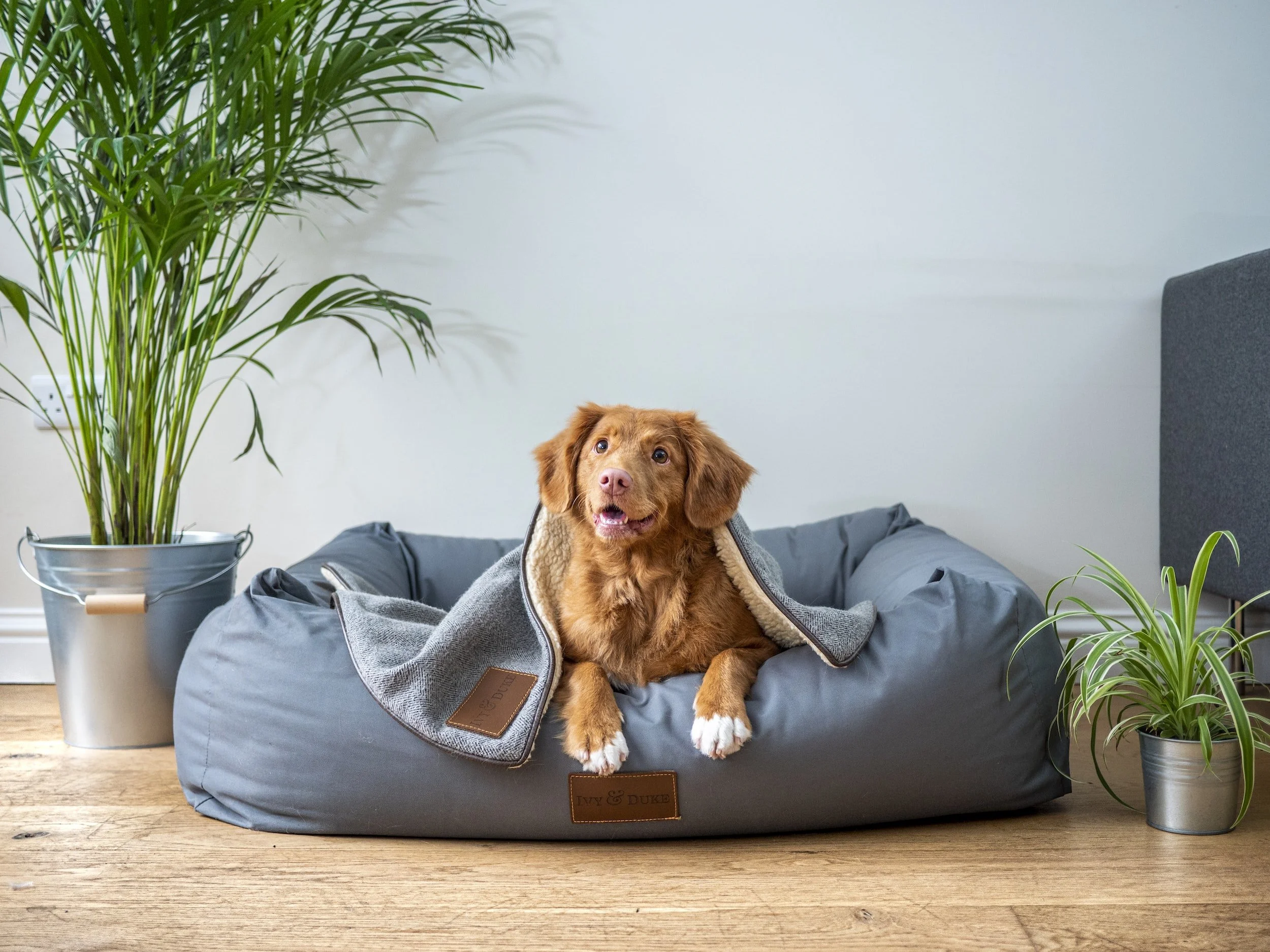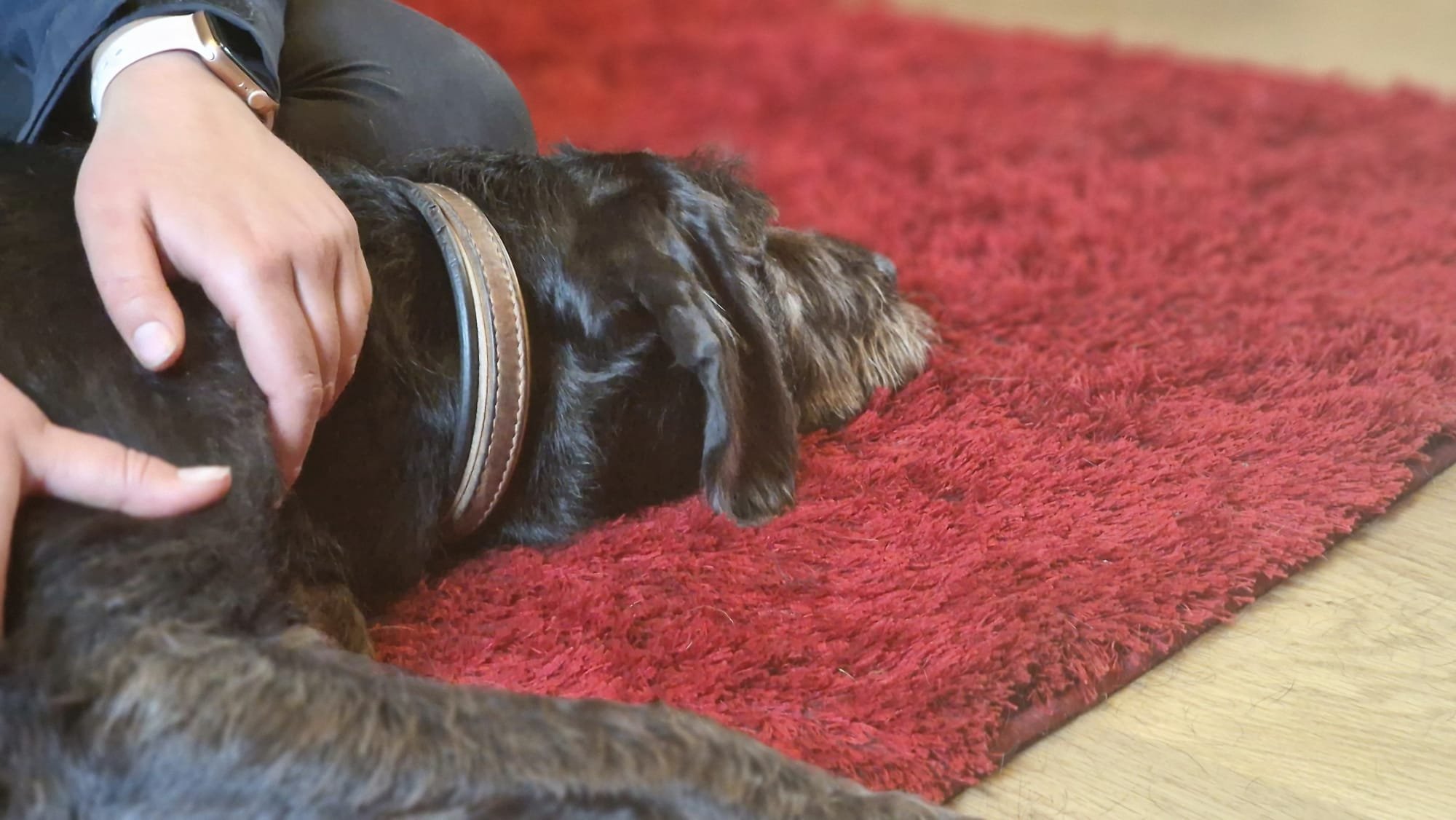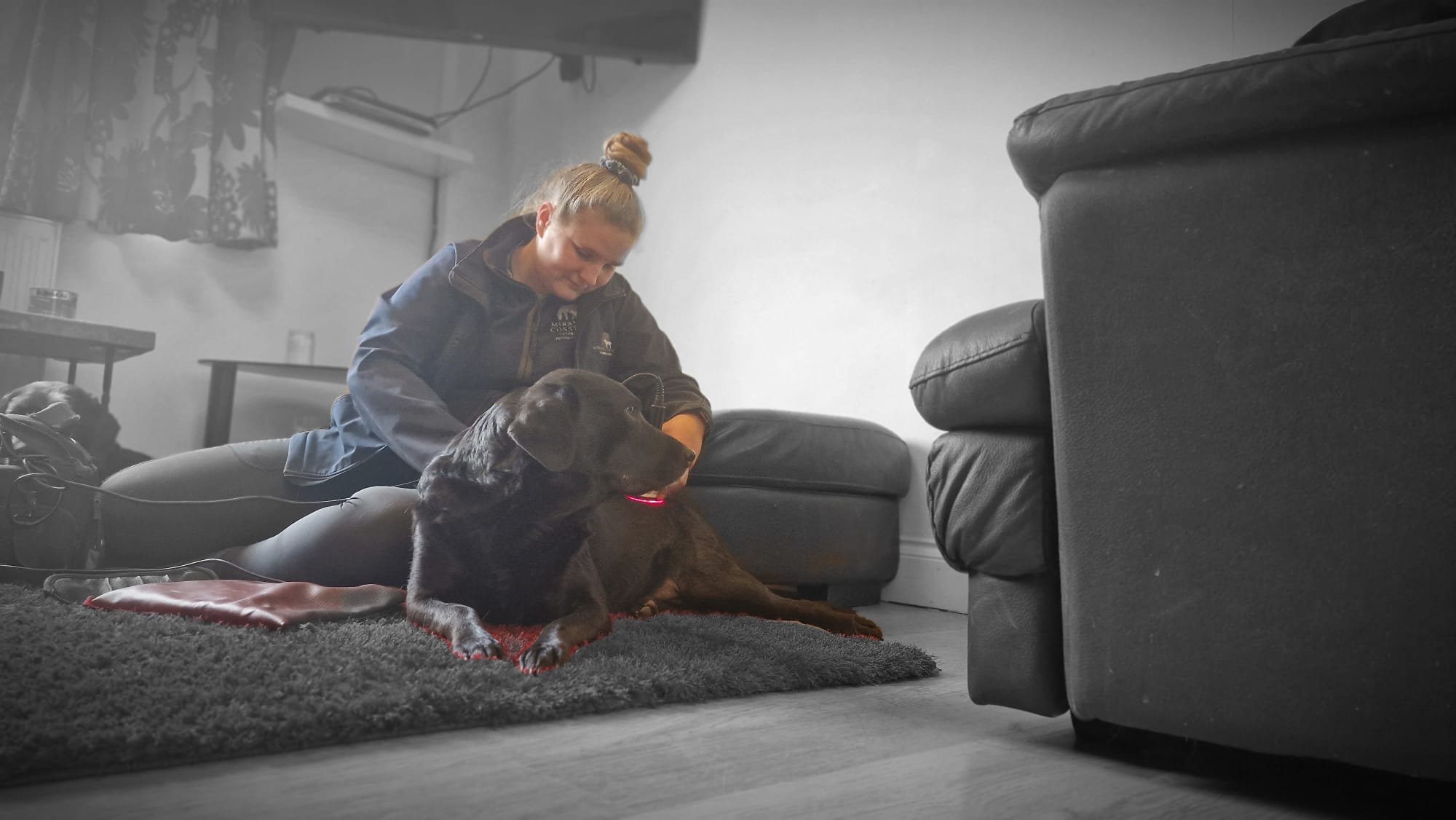Canine Physio Hub
Does my dog need physio?
Has your dog just had surgery?
Is your older dog slowing down?
That intermittent limp?
Suddenly reluctant to jump in the car?
Stiffness in the morning?
Diagnosed with a condition?
A performance dog?
Looking for some help and advice for prevention/ longevity and quality of life… look no further canine physiotherapy can help you and your furry friends!
There are many problems that physiotherapy can help with in dogs. Generally, dogs have incredible abilities to hide pain.
During a physiotherapy session, each dog will be fully assessed starting with full history discussion, followed by an assessment of your dog’s posture, movement, and general behaviours. Then hands-on assessment combined with goals, understanding of history etc will determine the treatment. Treatment is usually followed with homework! Teamwork makes the dreamwork and for everything you put in, the results will excel!
Does your dog suffer from any of the below?
Lameness
Degenerative joint conditions
Elbow and Hip dysplasia
Cruciate ligament injury or disease
OCD
Fractures
A recent surgery
Neurological conditions
Muscle wastage
Mobility decline/ Stiffness
Elderly
Or is your dog
Working/ Agility/ Sporting
Showing/ performance dog
Or simply as a preventative measure in active dogs!
Many small animal owners have little to do with physiotherapy until post-surgical requirements. However, all dogs could benefit from physiotherapy.
Whether a dog coping with arthritis or a post-surgical intense rehabilitation case, physiotherapy can provide improvement and support. Performance dogs and fit working dogs can also benefit from maintenance treatments to prolong health and well-being.
Subtle signs..
Our dogs are very stoic, they hide pain very well! Subtlety is key. Spend some time noting down your dogs activity levels and behaviour changes!
The MDT
Vet
~
Hydrotherapist
~
Behaviourist
~
Acupuncture
~
Trainer
And more!
Vet ~ Hydrotherapist ~ Behaviourist ~ Acupuncture ~ Trainer And more!
When working cohesively the MDT allows for holistic treatment. Managing pain, mobility, behaviour and quality of life often flourishes with all these professionals involved!
Steps to a happy, healthy dog
-

Vet
Your vet should always be your first port of call. Gait abnormalities require checking out. Pain management is first and foremost required to be dealt with by your vet. Therapy- in whatever form- works best when pain management works alongside it. Medical or surgical options for whatever your dog is dealing with may be available and therefore a comprehensive discussion is necessary. This can then be fed back to the therapist to enhance treatment!
-

Lifestyle
Have you assessed your dogs lifestyle?
Are you still walking for the same amount of time you always have// when your dog was last healthy?
Exercise levels can be the key to managing dogs.
Have you banned ball throwing yet?
-
At Home
Surfaces? Stairs? Behaviour patterns? Other dogs?
All of these factors play largely into your dogs daily routine. A small and simple change may be all that is required!
-

Therapy
Physiotherapy combines all these elements, assessing and advising and can form the icing on the cake to kickstart your dogs rejuvination!
Canine Arthritis Management
IRVAP
IRVAP
Canine Arthritis Management
RAMP
Useful links
FAQs
-
Many insurance policies have a provision for physiotherapy when recommended by the vet. Check your policy for individual details. Payment is usually required upfront and then can be claimed back from the insurance company.
-
Provide a quiet space, a soft bed or blanket, and an open mind to treatment. Treats are often helpful too!
The brief outline of a session is as follows
-Discussion
-Observation; standing and moving
-Palpation (feel)
-Treatment and plan
The reality is every dog is different and we have to work within their comfortable range with their consent. Therapeutic handling may make up the bulk of the session if that is all we can work on. If youd like to discuss further the way I work, please feel free to get in contact with me! If not…ill see you at your session!
-
How long is a piece of string? This question depends on so many factors. At your first appointment, your dog will be assessed carefully. At the end of this appointment, the most suitable course of action will be discussed. A rough idea will be talked about of the number of sessions and the frequency so that a treatment plan can be agreed.
-
Yes! Cats often respond well to physiotherapy in the same ways dogs do! All animals can benefit from physiotherapy.









